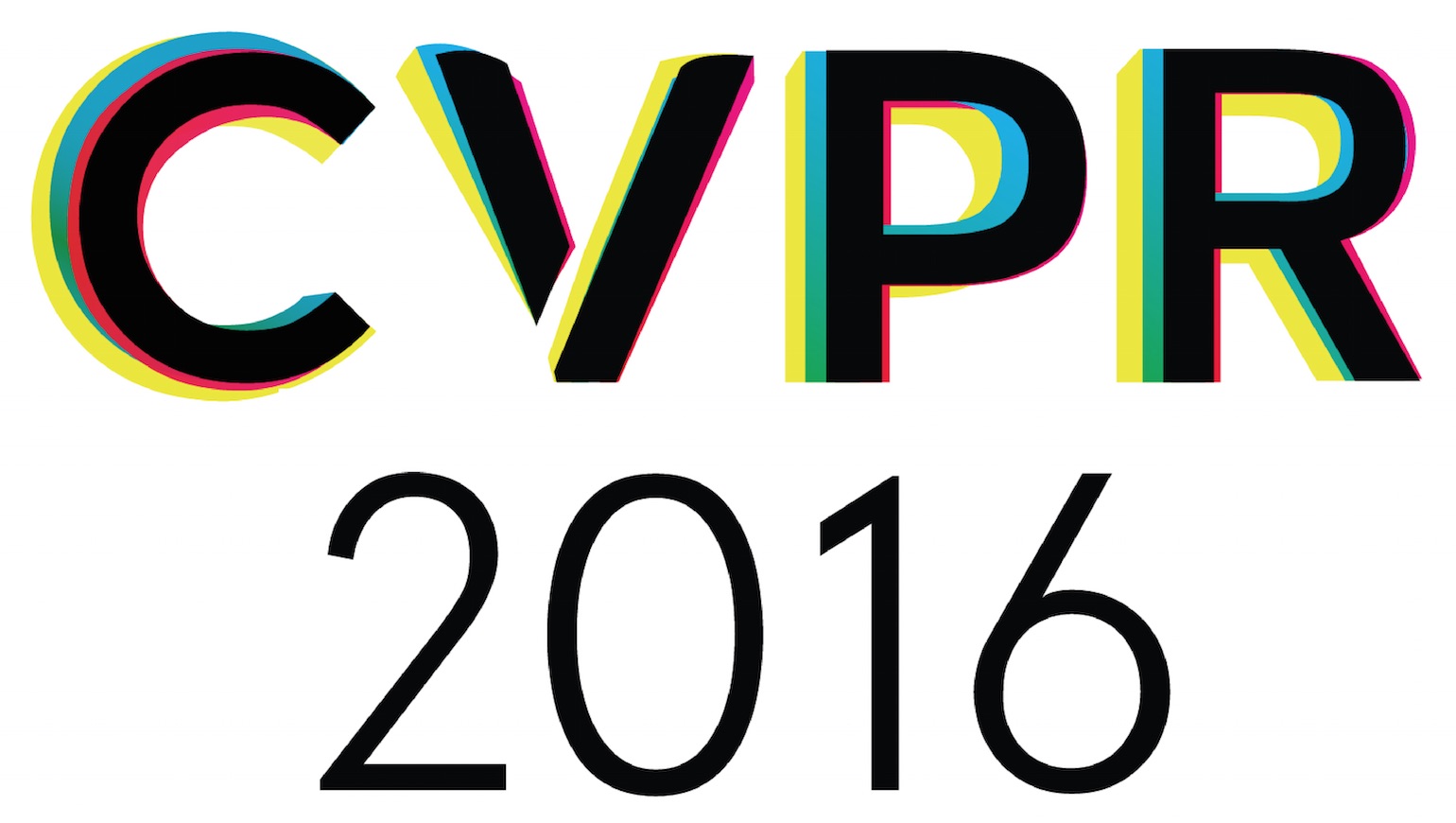-
Multivariate Regression on the Grassmannian for Predicting Novel Domains
AbstractWe study the problem of predicting how to recognise visual objects in novel domains with neither labelled nor unlabelled training data. Domain adaptation is now an established research area due to its value in ameliorating the issue of domain shift between train and test data. However, it is conventionally assumed that domains are discrete entities, and that at least unlabelled data is provided in testing domains. In this paper, we consider the case where domains are parametrised by a vector of continuous values (e.g., time, lighting or view angle). We aim to use such domain metadata to predict novel domains for recognition. This allows a recognition model to be pre-calibrated for a new domain in advance (e.g., future time or view angle) without waiting for data collection and re-training. We achieve this by posing the problem as one of multivariate regression on the Grassmannian, where we regress a domain's subspace (point on the Grassmannian) against an independent vector of domain parameters. We derive two novel methodologies to achieve this challenging task: a direct kernel regression, and an indirect method with better extrapolation properties. We evaluate our methods on two cross-domain visual recognition benchmarks, where they perform close to the upper bound of full data domain adaptation. This demonstrates that data is not necessary for domain adaptation if a domain can be parametrically described.
Related Material
[pdf][bibtex]@InProceedings{Yang_2016_CVPR,
author = {Yang, Yongxin and Hospedales, Timothy M.},
title = {Multivariate Regression on the Grassmannian for Predicting Novel Domains},
booktitle = {Proceedings of the IEEE Conference on Computer Vision and Pattern Recognition (CVPR)},
month = {June},
year = {2016}
}
These CVPR 2016 papers are the Open Access versions, provided by the Computer Vision Foundation.
Except for the watermark, they are identical to the accepted versions; the final published version of the proceedings is available on IEEE Xplore.
Except for the watermark, they are identical to the accepted versions; the final published version of the proceedings is available on IEEE Xplore.
This material is presented to ensure timely dissemination of scholarly and technical work.
Copyright and all rights therein are retained by authors or by other copyright holders.
All persons copying this information are expected to adhere to the terms and constraints invoked by each author's copyright.

